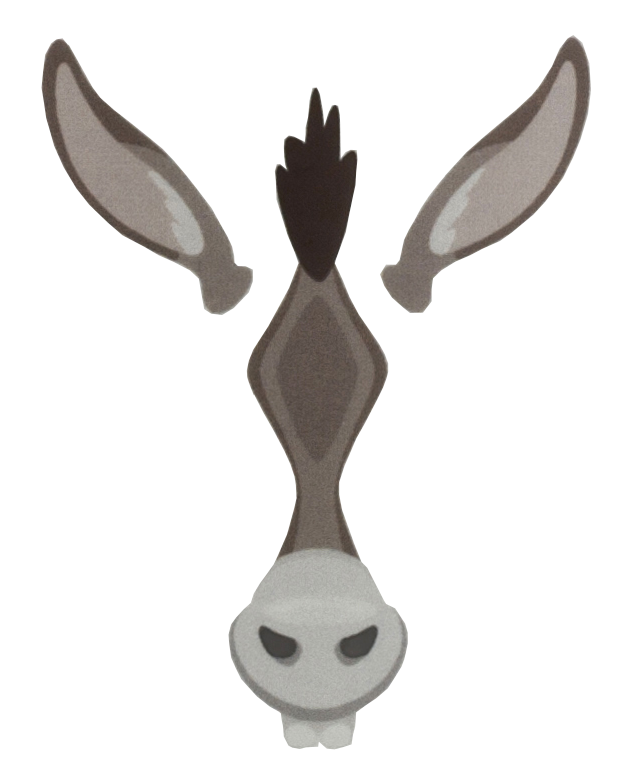I-yé
Langhe White
First vintage: 2020
I-yè is the fifth-generation son of the family; it was introduced with the desire to give something different from the local white wines.
By not doing any aging, it retains the primary scents of the grape on the nose: white flowers, citrus. In the mouth it remains very intense, rich and above all, minerality and savoriness stand out.
The challenge of planting Viognier in the hills of the area has paid off. Perfect as an aperitif, it goes well with fish, oysters and risotto. Excellent with blue-veined soft cheeses.

YO-YÈ
Langhe White
Viognier
| Grapevine | 100% Viognier |
| Production area | Castellinaldo d'Alba - Roero |
| Land | Lemonous and clayey |
| Exposure / Altitude | southeast / 290 m |
| Breeding / Pruning | counter-espalier / Guyot |
| Planting density | 5,000 vines per hectare |
| Yield per hectare | 70hl |
| Harvest | Manual in mid-September |
| Vinification | Soft pressing; alcoholic fermentation in thermoconditioned Inox; maximum regime 17°; oxygen protection. |
| Refinement | 6 months in stainless steel with periodic batonnages |
| Bottles per year | 2.500 |
| Pairings | Fish dishes, appetizers and first courses, vegetables au gratin, aged cheeses |
| Formats | 0,75L |

Frequently Asked Questions
Curiosities and questions about Yo-yè Langhe Bianco and related concepts
Vineyard: Monticelli

Pairings
Crustaceans

Favorita pairs well with shellfish. The following are some classics that are well compatible with this label:
Fish starters

Favorita is also ideal with fish first courses. The following are some examples:
White meats

Favorita also goes well with white meats. The following are some examples:
Lorenzo
"In this meadow is where there was a little white donkey that always came to greet us, and when we were here he was always with us, he used to hang around here, we used to give him a little bit of grass every now and then ... in fact he became the mascot and we put him on the label."




